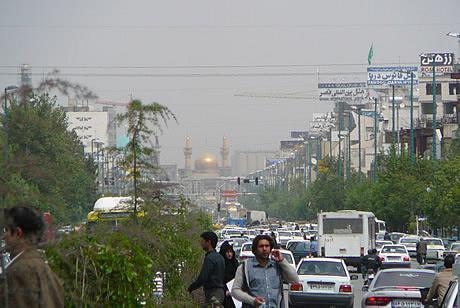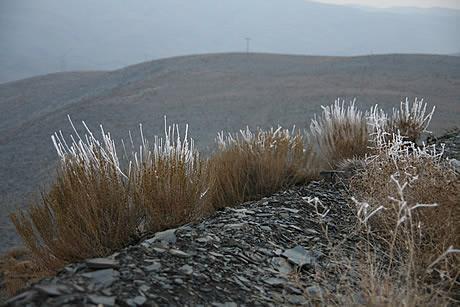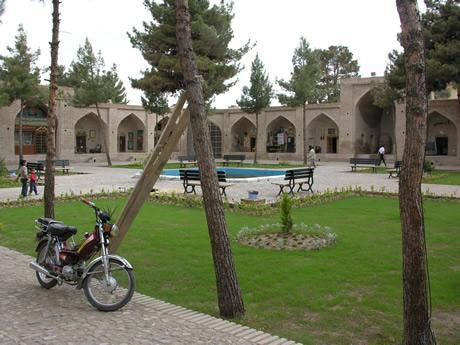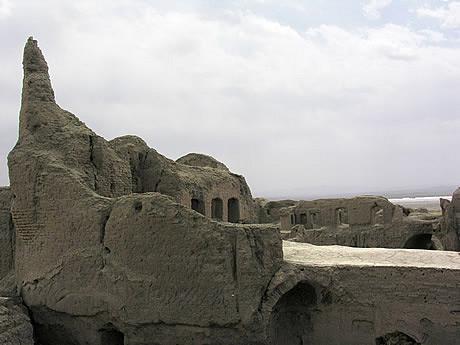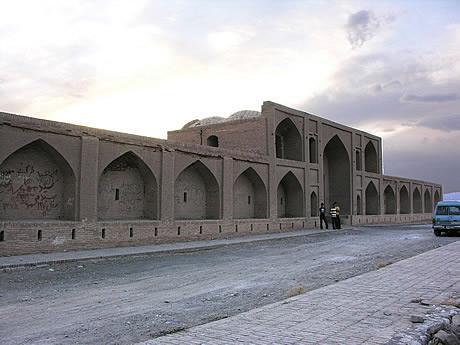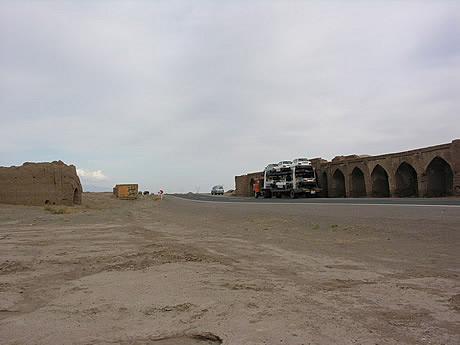The Iranian Silk Road
Emulating many thousands of pilgrims before me, I walked the final 20km into Mashhad, from the hill where the golden dome of the Shrine could traditionally first be seen. With Mashhad now a sprawling metropolis, this is my first view of the golden dome.
